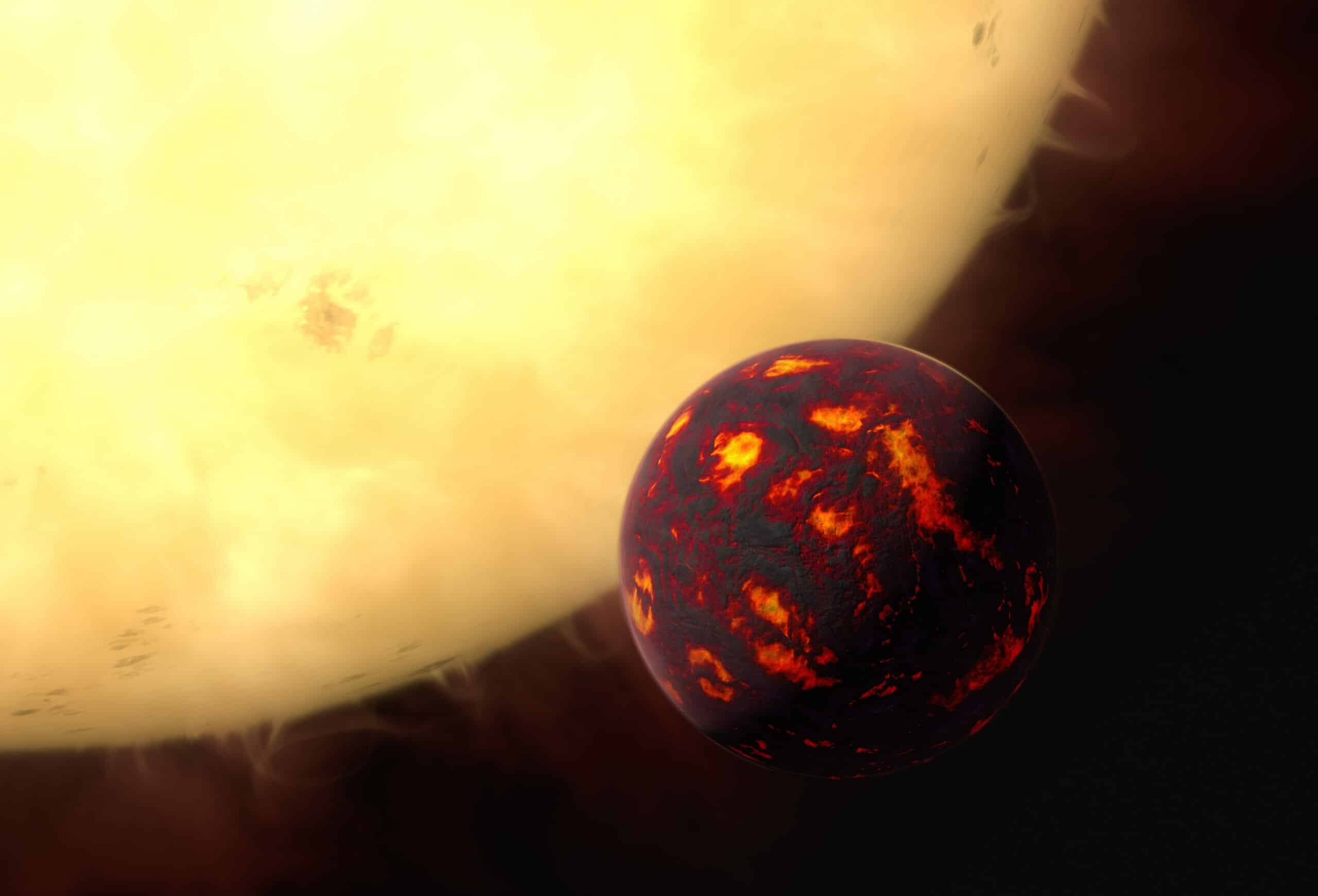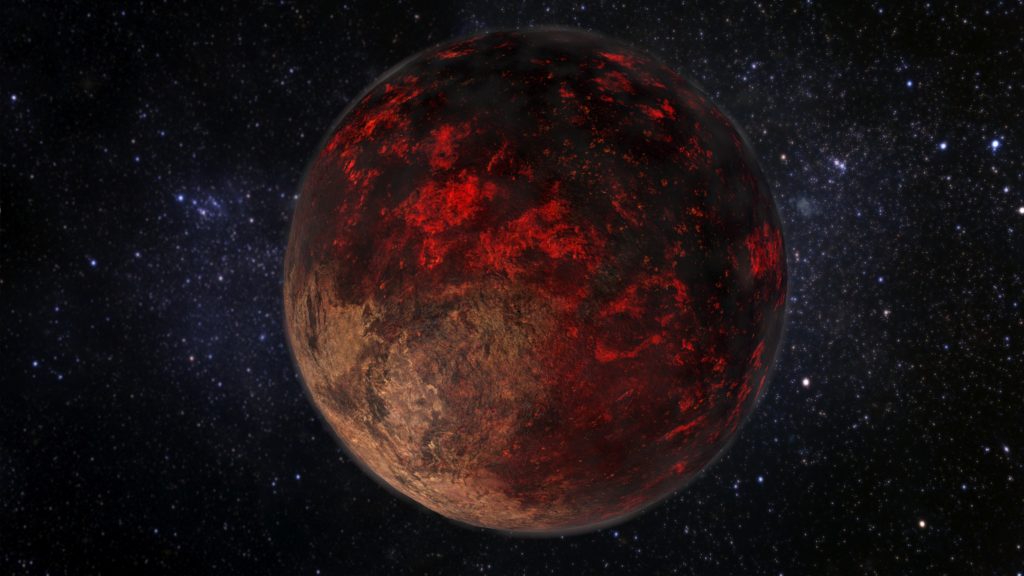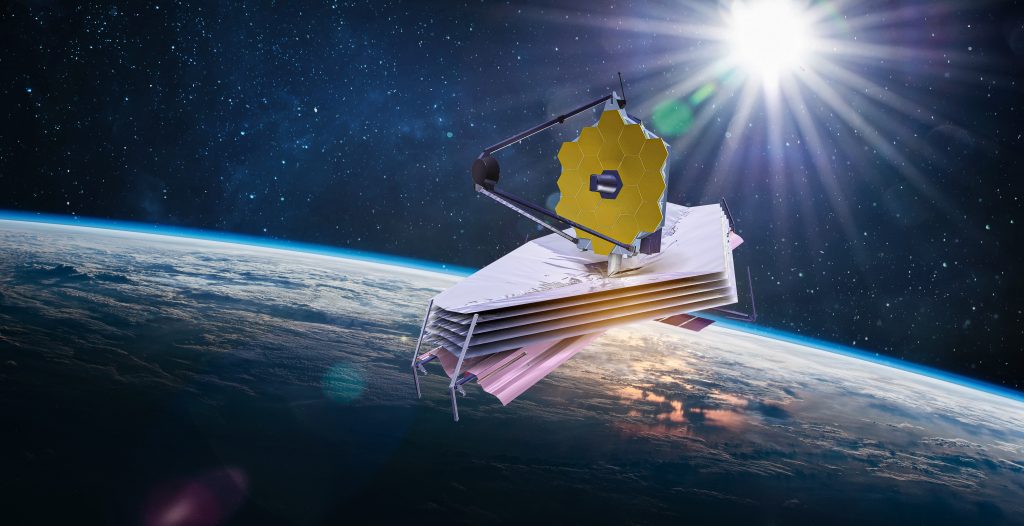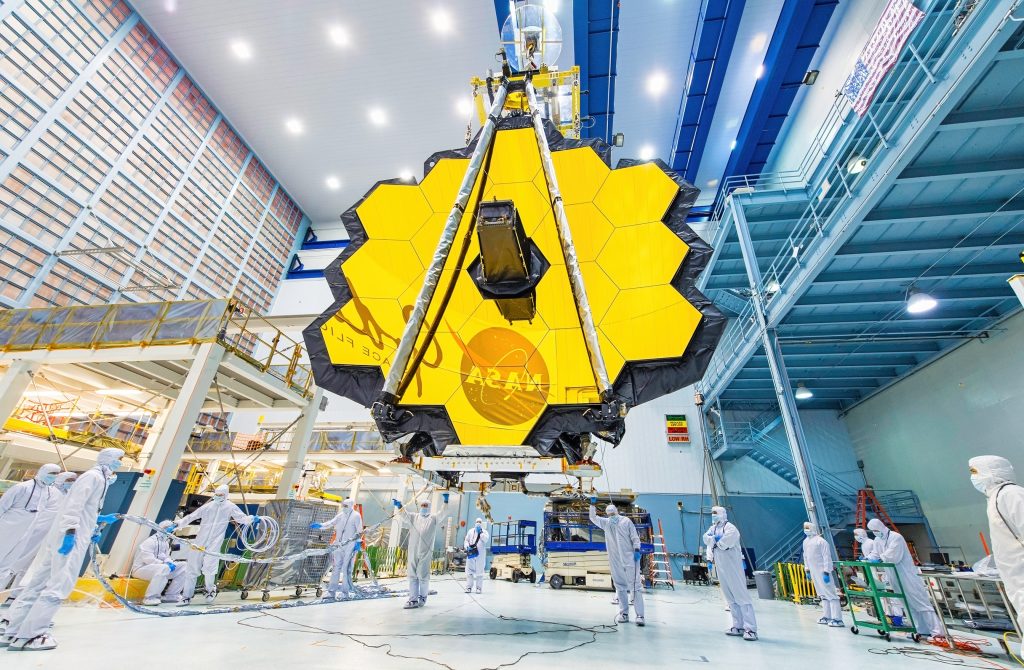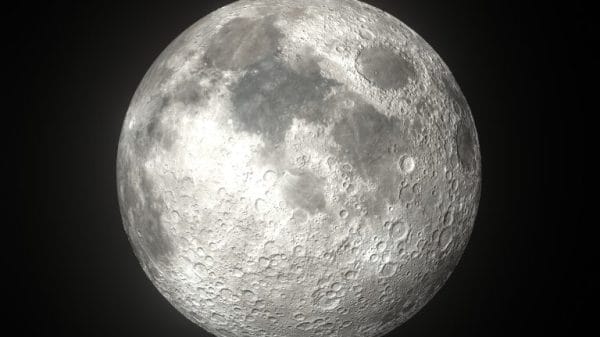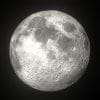NASA recently launched the new James Webb Space Telescope, supposed to provide researchers with the ability to study distant Earth-like planets, including planet 55 Cancri e. This planet, while similar in size to Earth, has lava rain on its surface.
Planet 55 Cancri e is an exoplanet, meaning it is a planet orbiting another star that is not the Sun. There are four different types of exo-planets: Gas giants; Neptunian; terrestrial; and super-Earth. 55 Cancri e is a super-Earth planet type: it is rocky, about eight times the size of Earth, and believed to bear vast oceans of lava.
Also known as Janssen, 55 Cancri e is only 41 light-years (about 241 trillion miles) from Earth. Its environment is vengeful: the surface’s temperature is molten, far above the melting point of most minerals. Because of these high temperatures, the side of the planet exposed to the sun is covered in oceans of molten lava.
The current hypothesis regarding the planet’s daily temperature cycle includes lava rain. The scientists believe with a 3:2 resonance (meaning the planet rotates three times for every two orbits), the rocks and minerals on 55 Cancri e’s surface would heat, melt, sometimes vaporize, and form a thin atmosphere above the planet’s surface––an atmosphere composed of the planet’s silicate minerals itself. With cooling temperatures in the evening, the vaporized rock would condense, forming droplets of lava in the air which soon after fall to the planet’s surface as lava rain.
The planet was discovered in 2004, far before the Webb Space Telescope. Scientists scarcely have the means to study the planet any further than what is already known. Webb, however, is designed to study atmospheres, priming it to illuminate much about the nuances of 55 Cancri e’s planetary processes.
The Webb Space Telescope is the largest space telescope ever built and launched. Approximately three times the size of the Hubble and the Roman telescope, scientists believe the telescope will have the capacity to change the current landscape of space exploration as we know it.
The Webb is currently in the final stages of completion with NASA, undergoing instrument commissioning and check out before it is set to launch its project next month with the ESA (European Space Agency) launch Facility in Kourou French Guiana.
The telescope left Earth last December 2021, after which it traveled one million miles away and into the broad galaxy. There, it has spent six months unfolding and orienting mirrors, sunshields, and other pieces of equipment; aligning and calibrating mechanisms; regulating its temperature; and more.
The Webb Telescope is designed to study the most distant features of our universe, including Planet 55 Cancri e and far beyond. It was built with “revolutionary technology” that will capture “every phase of cosmic history.” Scientists propose that Webb’s special technologies will “help us understand the origins of the universe and our place in it.”
The Webb Space Telescope is an infrared telescope, meaning it is designed to observe light from over 13.5 billion years ago. As ultraviolet and visible light travels through time, they are “redshifted.” Light travels through space at the same time the universe is also expanding. This dual motion transforms ultraviolet and visible light so that they arrive in today’s world as infrared light, the very light Webb Space Telescope is designed to capture in high detail.
Another goal of the Webb Space Telescope will be to study exo-planets such as 55 Cancri e within our solar system. Combining various technologies, Webb Telescope will be able to determine the origin and evolution of these planets, as well as their habitability, including the presence of liquid water and atmospheric chemical composition.
Interested in reading more about the latest in technological advancements? Click here to read about the wearable patch that can determine someone’s exact blood alcohol content if worn correctly.


